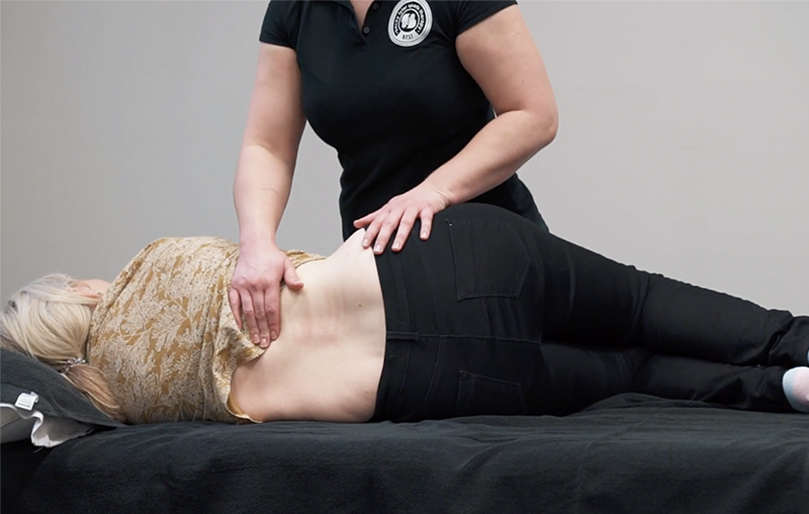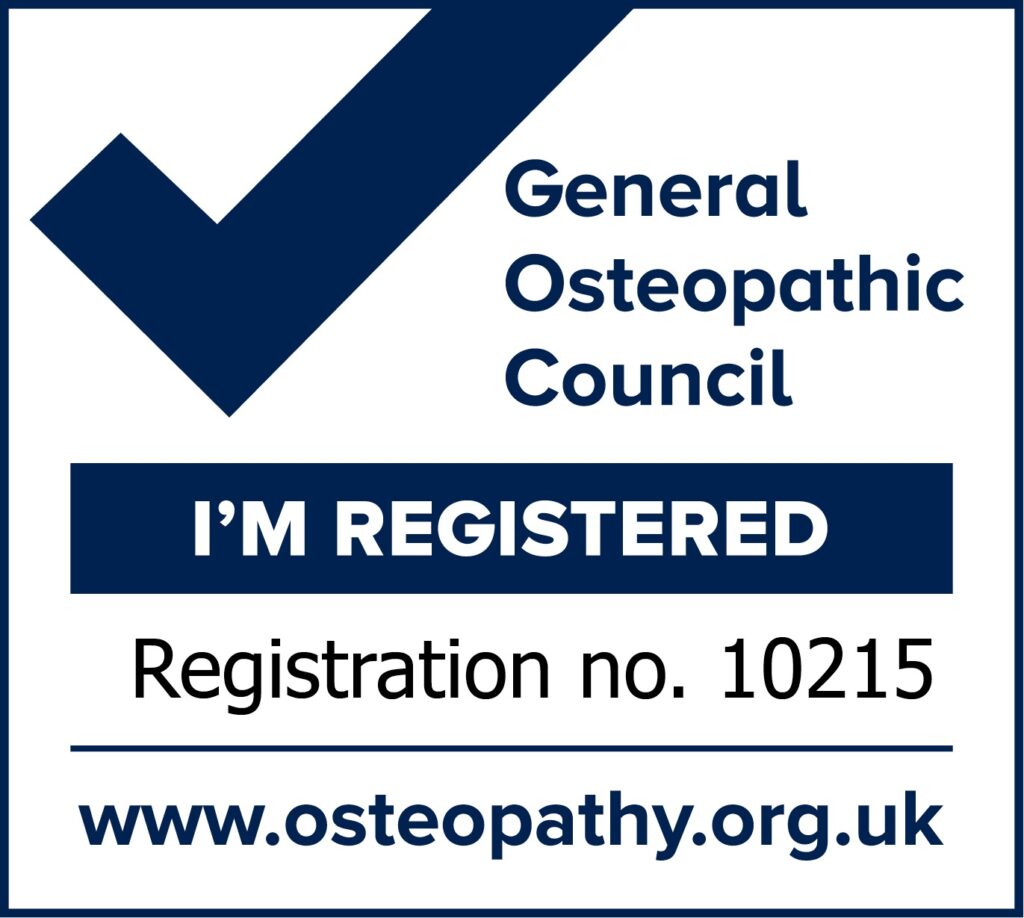Sciatica refers to pain that radiates along the path of the sciatic nerve, which is the longest nerve in the body. The sciatic nerve originates in the lower back and extends down the back of each leg. When the sciatic nerve is compressed or irritated, it can cause pain, numbness, tingling, or weakness that radiates from the lower back through the buttocks and down the leg.
1. Lower back pain: The pain typically originates in the lower back and may be sharp, shooting, or burning in nature. It can be localized or spread across a larger area.
2. Buttock pain: The pain may radiate into one or both buttocks and can be felt as a deep ache or sharp pain.
3. Leg pain: The pain often extends down the back of the thigh, calf, and sometimes into the foot. It may follow a specific pattern along the path of the sciatic nerve.
4. Numbness or tingling: Some individuals may experience numbness, tingling, or a pins-and-needles sensation in the affected leg or foot.
5. Weakness: In severe cases, sciatica can cause weakness or difficulty moving the leg or foot.
Sciatica is commonly caused by a herniated disc, which occurs when the soft inner material of a spinal disc protrudes through the outer layer and presses on the adjacent nerve root. Other potential causes of sciatica include spinal stenosis (narrowing of the spinal canal), degenerative disc disease, spondylolisthesis (slippage of one vertebra over another), muscle imbalances, or trauma.
depends on the underlying cause and severity of the symptoms. It may include:
2. Pain medication: Non-steroidal anti-inflammatory drugs (NSAIDs), muscle relaxants, or analgesics may be prescribed to help alleviate pain and reduce inflammation.
3. Physical therapy: Specific exercises and stretches can help improve flexibility, strengthen the supporting muscles, and relieve pressure on the sciatic nerve.
4. Heat or cold therapy: Applying heat or cold packs to the affected area can help reduce pain and inflammation.
5. Epidural steroid injections: In some cases, corticosteroid injections may be administered directly into the affected area to provide temporary pain relief and reduce inflammation.
6. Surgery: In severe cases or when conservative treatments fail to provide relief, surgery may be considered to remove the source of compression on the sciatic nerve.
It’s important to consult with a healthcare professional for an accurate diagnosis and appropriate treatment plan tailored to individual needs.
Osteopathy can potentially help with sciatica by addressing the underlying musculoskeletal imbalances and promoting natural healing processes. Osteopathic treatment focuses on restoring proper alignment, mobility, and function to the spine and surrounding structures, which can help alleviate pain and improve overall spinal health.
Here are some ways in which osteopathy may help with sciatica:
1. Spinal Manipulation: Osteopaths are trained in various manual techniques, including spinal manipulation or adjustments. These techniques involve applying controlled force to the spine to improve joint mobility, reduce inflammation, and relieve pressure on the sciatic nerve. Spinal manipulation can help realign the spine and reduce pain associated with sciatica.
2. Soft Tissue Techniques: Osteopaths may use soft tissue techniques such as massage, myofascial release, and stretching to address muscle tension and imbalances around the affected area. By releasing tension in the muscles and fascia, osteopathy can help reduce pressure on the sciatic nerve and improve overall spinal function.
3. Postural Education and Rehabilitation: Osteopaths can provide guidance on proper posture and body mechanics to prevent further strain on the spine and sciatic nerve. They may also prescribe specific exercises and stretches to strengthen the supporting muscles and improve spinal stability. This can help reduce the risk of future sciatica episodes and promote long-term spinal health.
4. Pain Management: Osteopaths may use various pain management techniques, such as heat or cold therapy, electrotherapy, or acupuncture, to help alleviate pain associated with sciatica. These techniques can help reduce inflammation, improve blood flow, and promote natural healing processes.
It’s important to note that the effectiveness of osteopathy for sciatica may vary depending on the individual and the underlying cause of the condition. Osteopathic treatment is typically used as part of a comprehensive approach that may also include other interventions such as medication, physical therapy, and lifestyle modifications. It’s always recommended to consult with a qualified osteopath or healthcare professional to determine the most appropriate treatment plan for your specific condition.
November 2023


© Copyright 2021 BTST Osteopathy And Sports Massage Clinic.